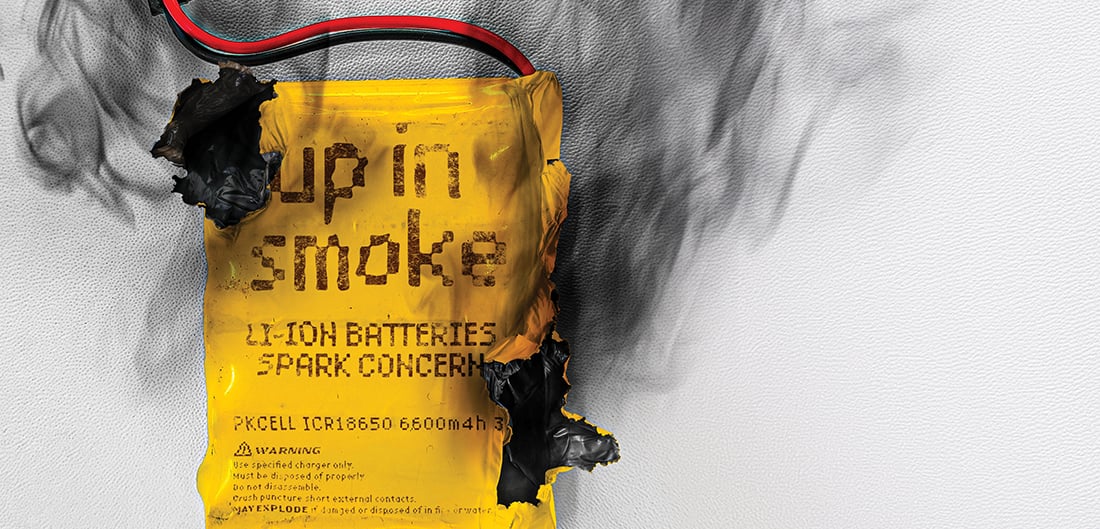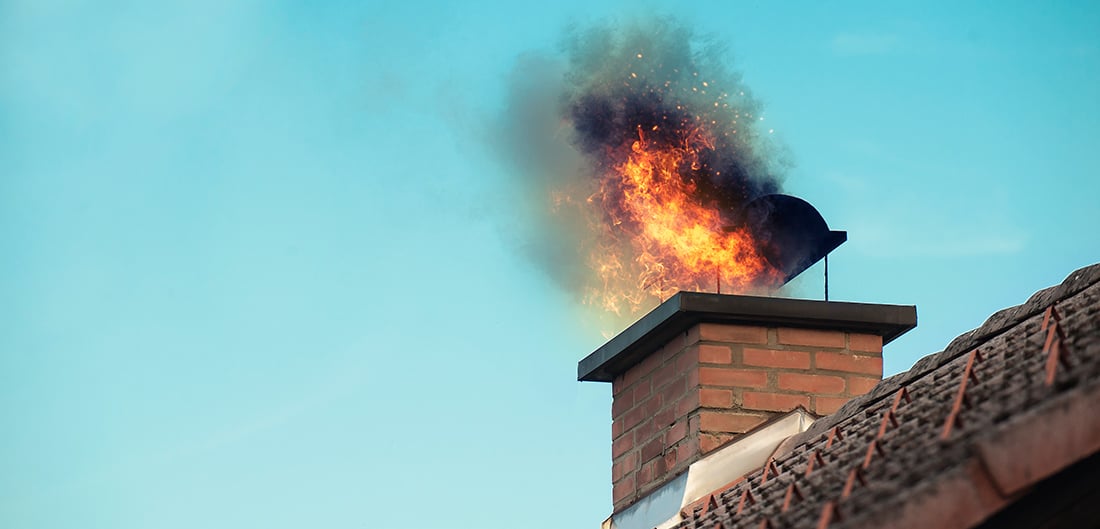House fires can be among the most traumatic home disasters. And they often start in the most ordinary ways.
From forgetting to blow out a candle to walking away from a pan on the stove, the source of fires is often mundane. But by being mindful of where and how house fires often start, we can adjust our behaviors to minimize our risk of accidentally inviting flames into our homes.
Here are a few of the most common causes of home fires:
Cooking Fires
Cooking is by far the leading cause of home fire.
Between 2014-2023, the U.S. Fire Administration, a division of FEMA, estimates there were more than 1.8 million residential cooking fires, or an average of more than 180,000 per year. And although there was an 11% decrease in the number of these fires during this 10-year period, cooking fires still account for just more than half of all home fires.
Of course, many cooking fires start on stovetops or in the oven, where oil, grease and flammable items can combine with high heat to ignite flames in an instant. To help reduce your risk of these fires, always stay in the kitchen while cooking, keep flammable items away from heat and have a lid or baking sheet handy to smother small flames.
Electrical Fires
Electrical malfunction fires, which consist of those started due to failures in electrical systems, such as wiring, equipment or power supply, averaged 243,300 from 2014-2023.
Electrical fires can be particularly dangerous because they can ignite inside walls, outlets or hidden spaces, and can often spread before anyone notices. Putting out these fires can also pose unique problems, as water can conduct electricity and cause fires to spread.
Homeowners can help keep these fires at bay by checking wiring and cords for damage, avoiding overloaded circuits and properly maintaining appliances.
Careless Mistakes
Human error, neglect or unsafe behavior is the second-most common cause and is increasing dramatically. From 2014-2023, there was a 42% increase in these fires, a 50% increase in deaths and a 76% increase in dollar loss.
These fires are now the costliest, claiming more than 600 lives in each of the last two years of the study. In all, they caused nearly $2.5 billion in damage.
These fires often stem from unwatched candles, careless disposal of smoking materials or neglecting maintenance of mechanical equipment. Their frequency and severity may be rising with the spread of high-powered portable devices, coupled with growing distractions and complacency.
Heating Fires
Heating fires—think of fires caused by space heaters next to curtains, dirty chimneys or a malfunctioning furnace— totaled more than 350,000 fires in the decade studied. However, their occurrence has dropped by 31%, and deaths have fallen by 44%.
As these fires often start when heating devices are misused or left unmaintained, they most commonly occur in colder months. Keeping up with maintenance of heating equipment and properly following manufacturers’ instructions can greatly reduce your risk of a heating fire.
What Can You Do?
Regardless of the cause, basic safety practices are your best defense against home fires.
Having an adequate amount of smoke alarms in your home and confirming that they are working properly is a vital first step. According to the U.S. Fire Administration, smoke alarms should be installed in every bedroom, outside each separate sleeping area and on each level. To ensure they are functioning properly, test the alarms monthly, change batteries every six months and replace the unit at least every 10 years.
While smoke alarms can provide an early warning, it is just as important to keep at least one fire extinguisher on hand to help put out fires before they spread.
And because different fires require different extinguishing methods, there are specific types of extinguishers designed for each fire. Familiarize yourself with the different types so you’ll know which one to reach for when you smell smoke.
Early warning signs and tools are vital but without a clear escape plan, your family could still be at risk. Make a plan and practice it often so everyone knows what to do should a fire strike.
Where ERIE Comes In
Fire safety starts at home with prevention and preparation, but true peace of mind comes from knowing you’re protected if the unexpected happens. By combining the right precautions with the right coverage, you can safeguard both your family and your future.
Contact a local ERIE agent to make sure you have the right homeowners insurance coverage for your family and your budget.



